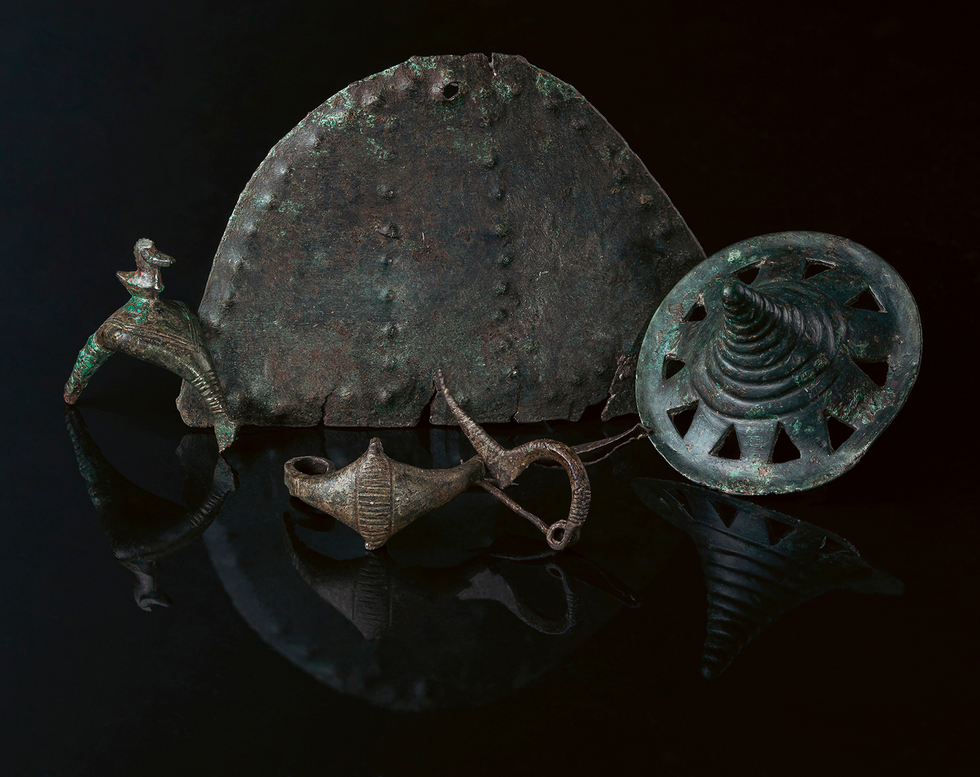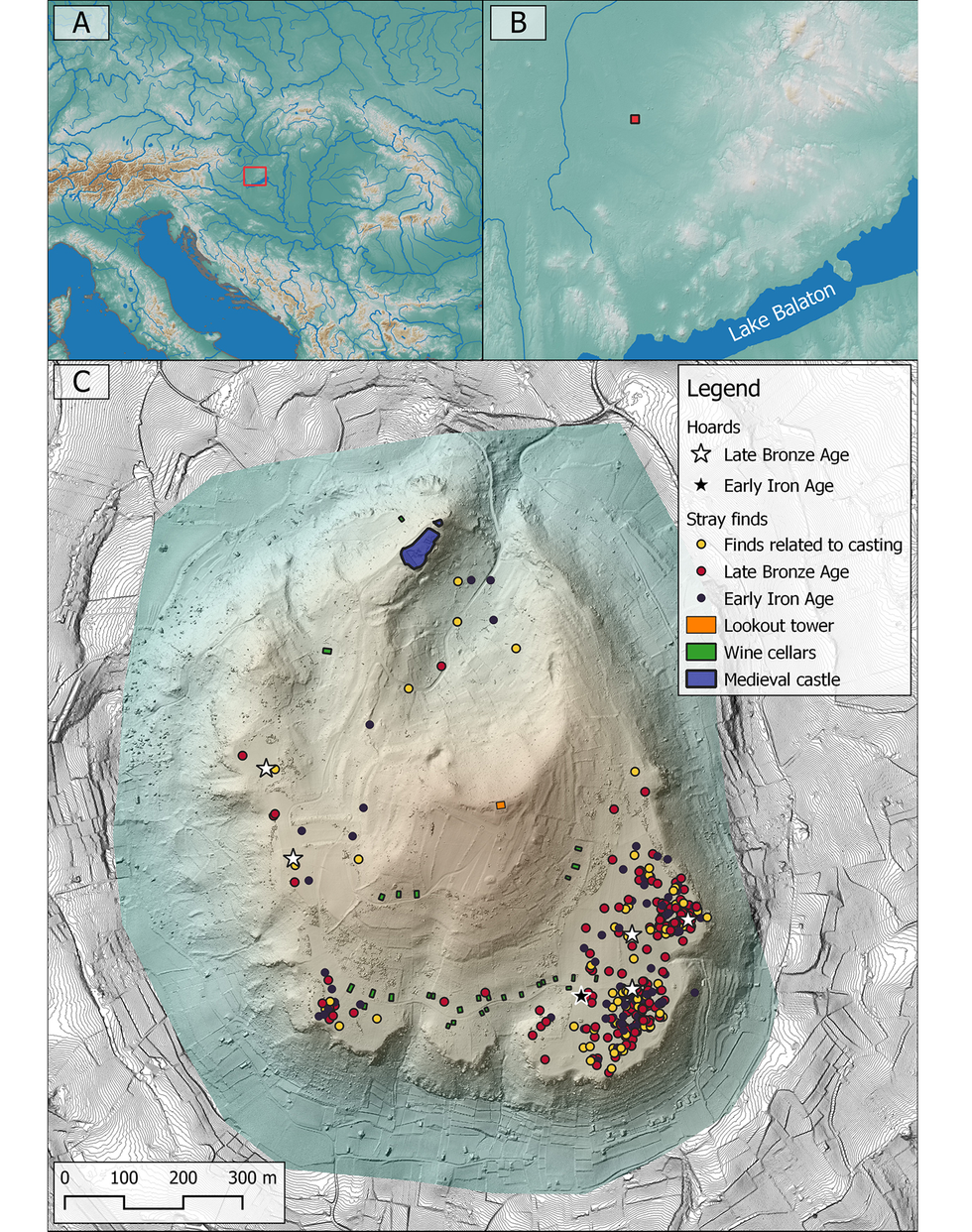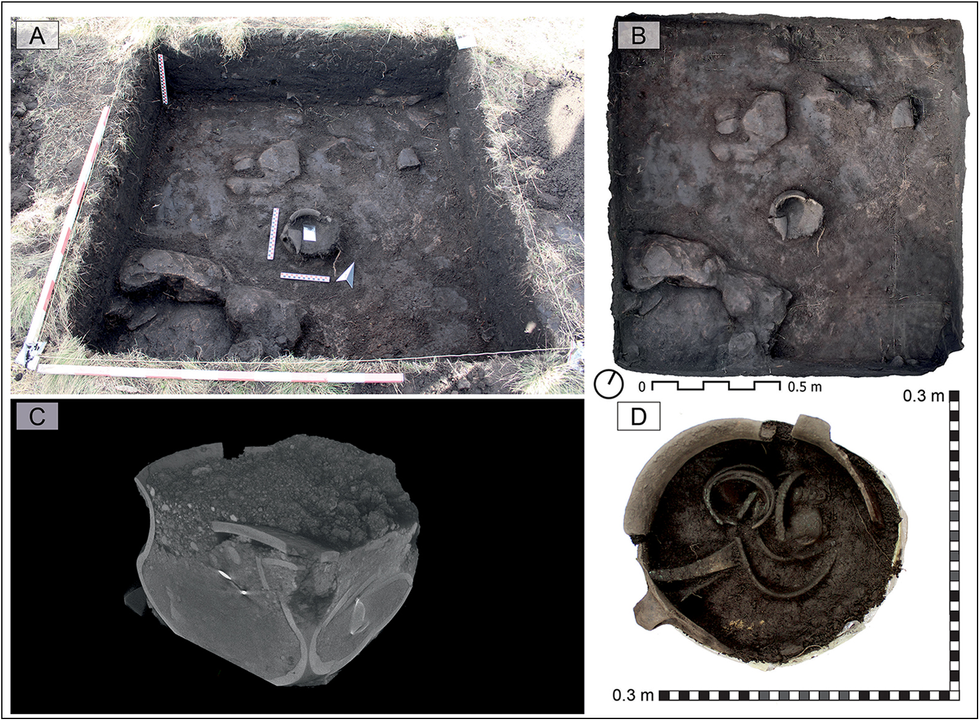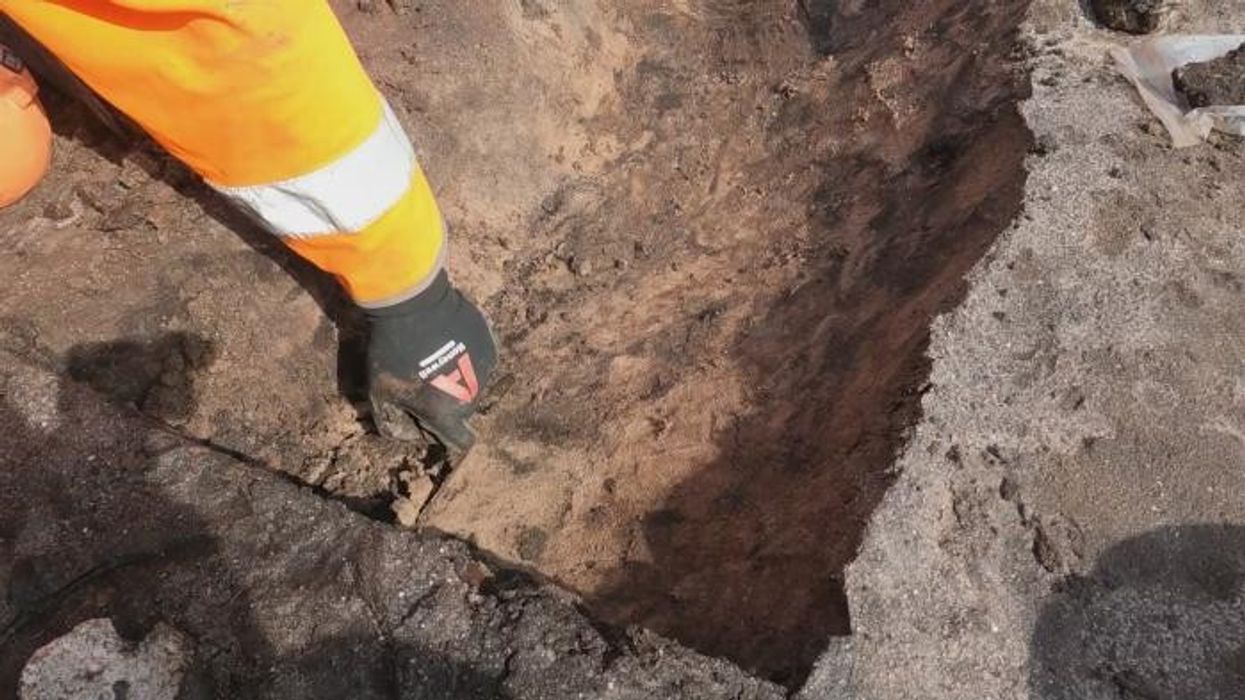Archaeology breakthrough reveals hundreds of metal objects over 3,000 years old on mysterious volcanic hilltop

Over 900 items were found at the site in western Hungary
Don't Miss
Most Read
Archaeologists have unearthed hundreds of metal objects dating back more than 3,000 years on a volcanic hilltop in Hungary.
The remarkable discovery at Somló hill in the western part of the country has revealed artefacts from as early as the 15th century BC.
Researchers identified over 900 metal items including jewellery, weapons and military decorations from the Late Bronze Age and Early Iron Age.
The oldest findings date back to between 1400 and 1300 BC, though most artefacts are from 1080 to 900BC.

Some of the metal artifacts from the Early Iron Age discovered on Somló Hill
|Bence Soós et al; CC BY 4.0
Six Late Bronze Age and Early Iron Age metal assemblages were discovered in just the first year of research.
The archaeological work took place at Somló, a volcanic hill notable for its elevation over a relatively flat landscape.
In addition to metal objects, the team uncovered amber beads, fabric and leather remains, as well as boar and domestic pig tusks.
The region is primarily known for its wine production today, but in the late 19th century, local farmers began unearthing ancient artefacts.
The specific locations of these earlier discoveries were not recorded, prompting the new archaeological investigation.
LATEST DEVELOPMENTS

Location of the research area (A) and Somló Hill (B)
|Bence Soós et al; CC BY 4.0
The findings are particularly noteworthy as they provide insight into the transition between the region's Late Bronze and Early Iron Ages during the late ninth century BC.
One assemblage, called Hoard V, represents the first evidence of local metal deposition customs during this transitional period.
Researchers used metal detectors, field-walking surveys and lidar technology to map the land's topography.
Most of the artefacts were found on a plateau on the southeast part of the hill. The discoveries include many objects associated with bronze working, suggesting the metal was produced locally.
Large quantities of bronze lumps, droplets, casting jets and fragmented plano-convex ingots indicate the presence of bronzeworking workshops on the plateau.
The hilltop occupation appears to have continued uninterrupted through the transition into the Early Iron Age.
The findings suggest the people living in western Hungary between the 13th and sixth centuries BC likely lived in tribal or clan-based societies led by elite warriors.
Researchers believe Somló might have been one of their seats of power, as well as the host of a prominent community whose culture included the deposition of metal hoards.
Earlier finds near Somló include Early Iron Age grave goods found in monumental burial mounds.
Among the 900 metal objects discovered was the first documented ceramic pot from the end of the Late Bronze Age in western Hungary.
The pot contained deposits of lentils and fragmented small-seeded cereals, known to be Late Bronze Age and Early Iron Age subsistence foods.

The investigation of hoard V
|Bence Soós et al; CC BY 4.0
The unearthed hoards testify to an intentional and complex hoarding tradition on Somló Hill.
The team hopes that further investigations will shed light on the chronology of Somló Hill's habitation and its hoarding traditions.
While researchers were not able to confirm the presence of a metal-producing workshop, they did uncover parts of a building.
The discoveries join other evidence suggesting the hill was a significant archaeological site with a rich history spanning centuries.











